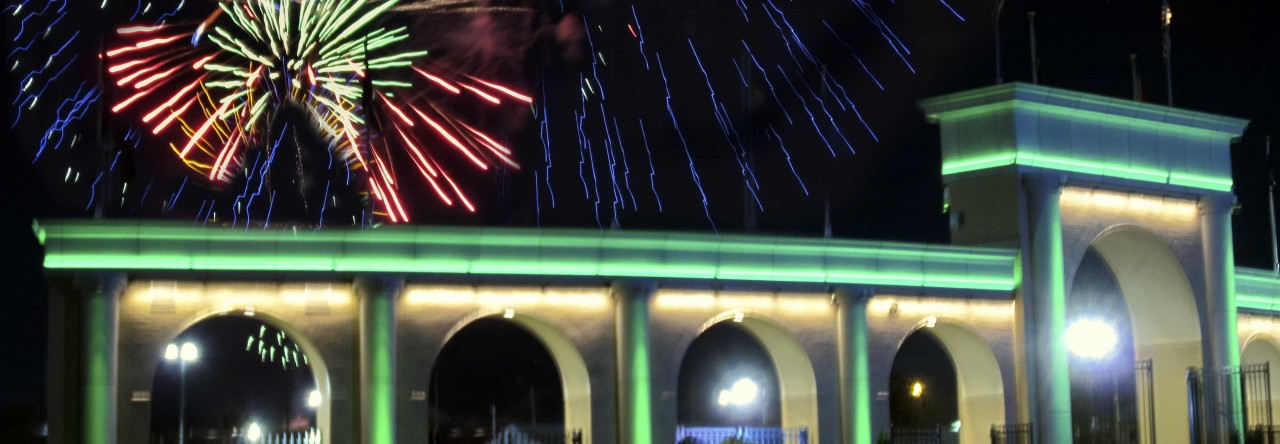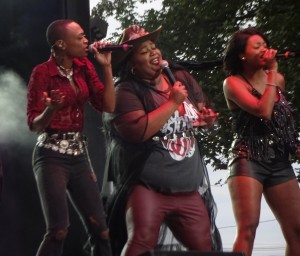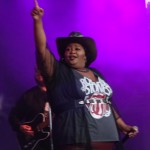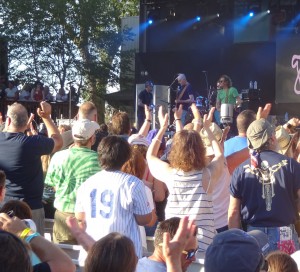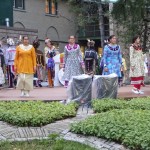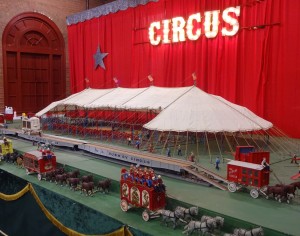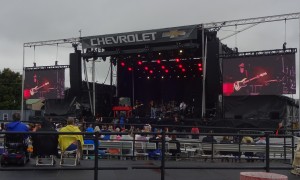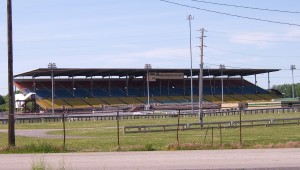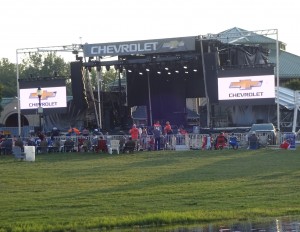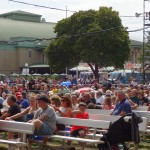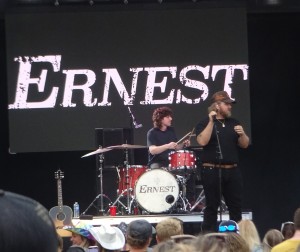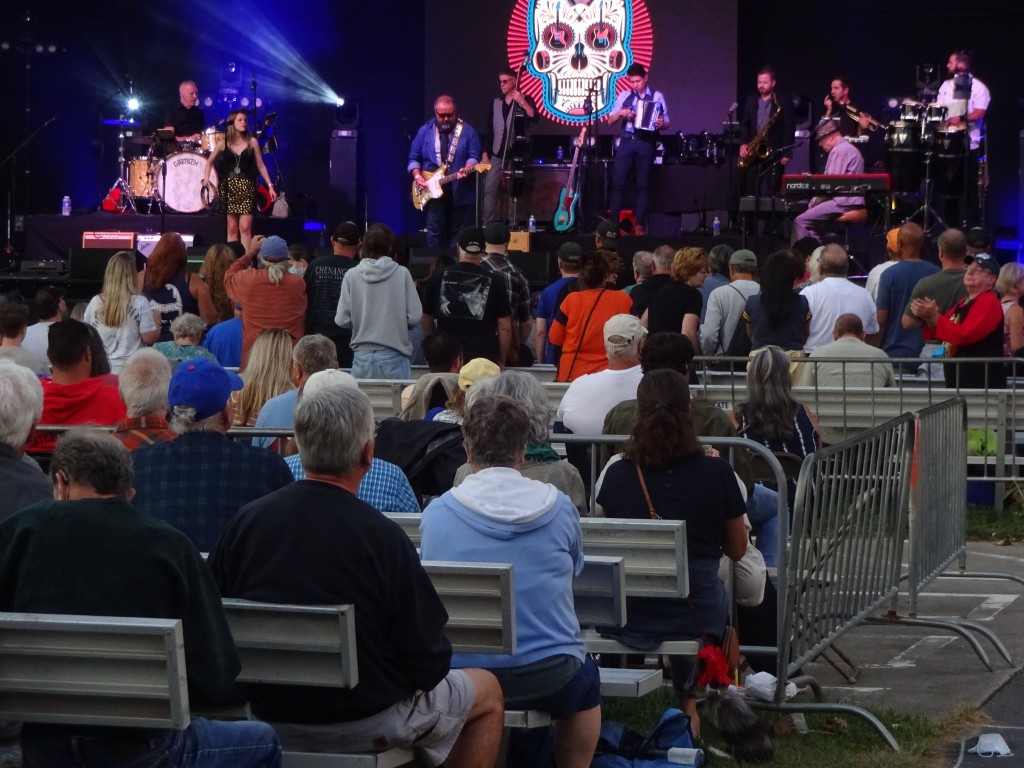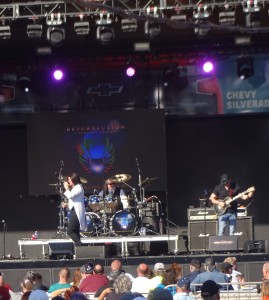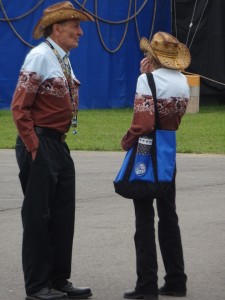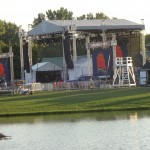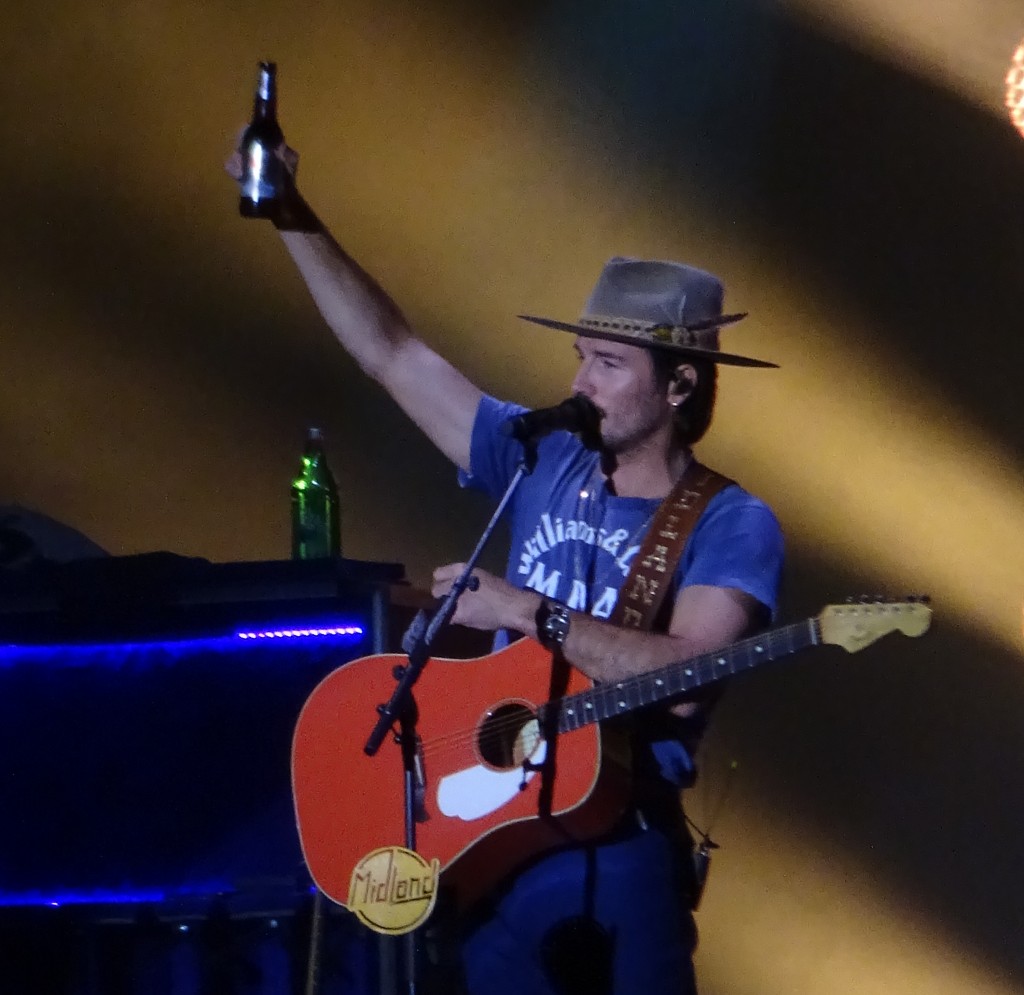The emergence of the Suburban Park–formerly Chevrolet Park–stage over the past few years has taken some of the spotlight off Chevrolet Court at the New York State Fair as both bookend stages host daily concerts.
 The Fair badly needed an alternative to the overcrowding at the court that made it nearly impossible for many fans to derive maximum enjoyment there and they decided to use the Park stage for most of the acts they judge to become the bigger draws, attendance-wise.
The Fair badly needed an alternative to the overcrowding at the court that made it nearly impossible for many fans to derive maximum enjoyment there and they decided to use the Park stage for most of the acts they judge to become the bigger draws, attendance-wise.
At one time, there were plans to replace the Chevy Court stage and the adjoining building, moving them back to increase space in front of the stage. But that now seems to be unnecessary as placement of acts can be managed to steer the biggest crowds to Suburban Park, leaving moderately-sized audiences in Chevy Court.
Some acts still draw tens of thousands of fans to that area, but you don’t generally see the massive overflow of years past. In order to create space in that area, vendor tents were moved out of surrounding streets several years ago, likely sacrificing some revenue. Large projection screens now flank the stage to offer a view from afar.
Fair planners use an established method for estimating crowd size, based upon a grid system that looks at defined areas with previously-determined capacities and adding up the occupied areas. It’s still an approximation, but when you come down to it, the actual numbers aren’t as important as other essential questions with an enormous crowd performing there.
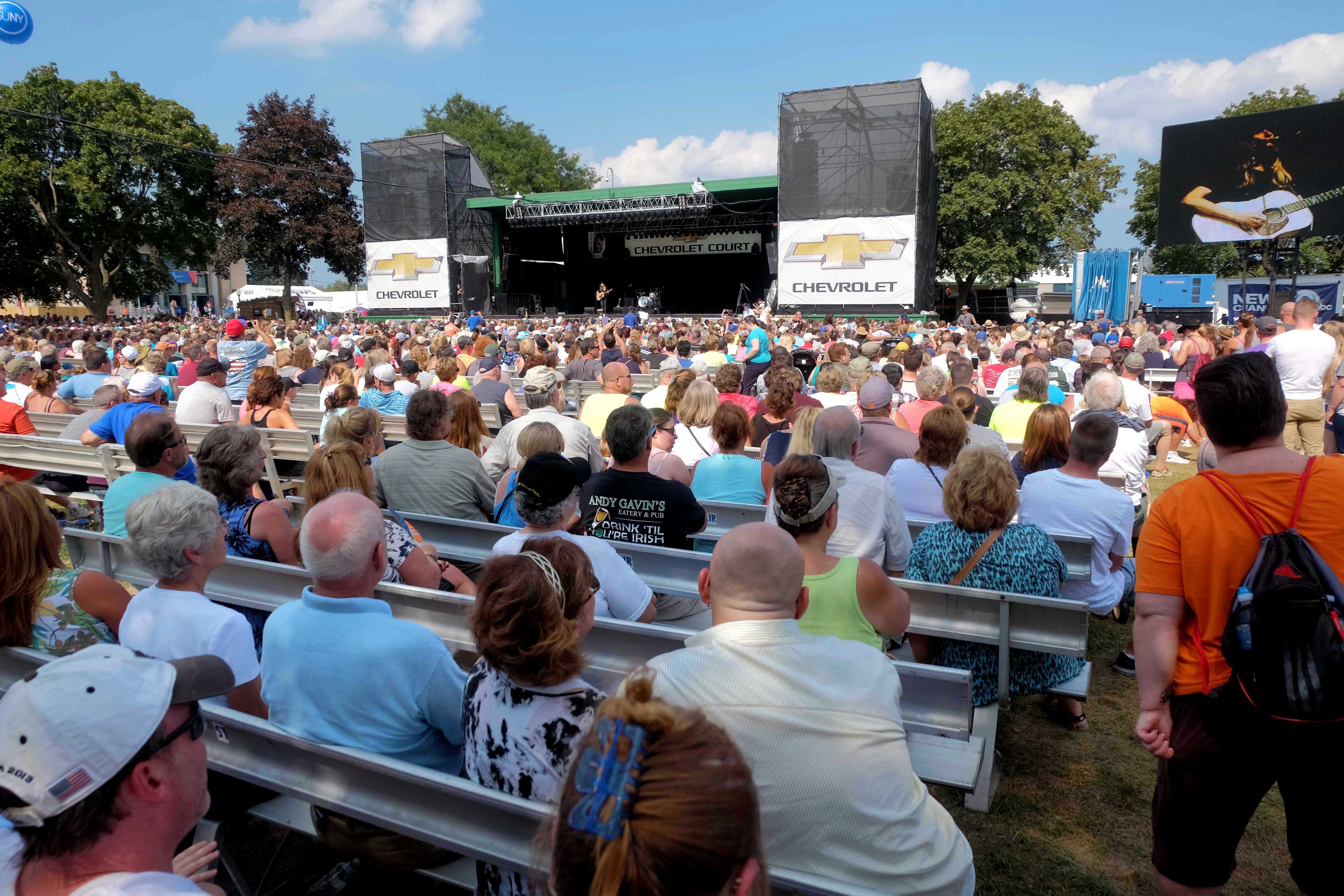
Regulating the crowd has proven difficult. Attempts to control the spacing and movement of that many fans with temporary fencing has been largely unsuccessful, in some cases making the situation worse by creating barriers to people spreading out or moving out of overcrowded areas. 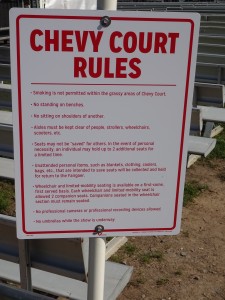 The rule prohibiting smoking at Chevy Court, heartily endorsed by The Hound, is now being stringently enforced, with staff encouraging compliance with posted rules.
The rule prohibiting smoking at Chevy Court, heartily endorsed by The Hound, is now being stringently enforced, with staff encouraging compliance with posted rules.
They even moved the Chevrolet display out of the venue named for it. In addition to creating a nice concert space, preserving Chevy Court kept intact a Fair locale that is both prominent and pretty. The sprawling Suburban Park can’t match Chevy Court’s ambience. The grassy, tree-lined court area benefits from being surrounded by those handsome buildings and close to the wine court, restrooms and food stands.
Stone Faces
Chevrolet Court really is the quintessential Fair locale, primarily due to those stoic buildings, all around 100 years old. The Fairgrounds’ original design, created by Buffalo architects Green and Wicks in 1907, started with completion of what is currently known as the Center of Progress Building the following year. That design is most evident around the landscaped courtyard now known as Chevrolet Court, where a grouping of major buildings forms a rectangle running south of the main gate to the majestic Horticulture Building.
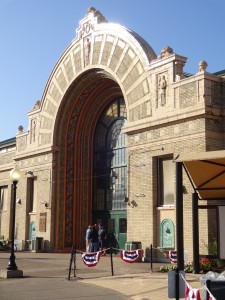 The Fair’s major buildings reflect styles of the turn of the century, developing trends of the early 20th century and strong local influences.The first phase of construction took about 20 years to complete, culminating with the erection of the major buildings by the late 1930s.
The Fair’s major buildings reflect styles of the turn of the century, developing trends of the early 20th century and strong local influences.The first phase of construction took about 20 years to complete, culminating with the erection of the major buildings by the late 1930s.
While there are definite similarities to the buildings–a number of them are crowned by a cupola–each has its own character, particularly in terms of decorative touches. A stroll around the court reveals the varied look of the buildings at the fair’s core.
The two most similar buildings face each other bordering Cole Muffler Court to the east and west. The Center of Progress Building is the sister building of the Science and Technology and Dairy complex, stylistically and relative to the original design plan as both are bordered by full-length columns.
One important similarity from building to building is the combination of a functional interior disguised by a more aesthetically appealing exterior. There’s no denying that the look of today’s Fair is sharply different than some of its predecessors. No surprise there, given the ages of the buildings. But the sturdy structures have survived, including the stint during World War II, when the Fairgrounds were used as a military base.
Today, they are the very foundation of the New York State Fair, both beautiful and functional.
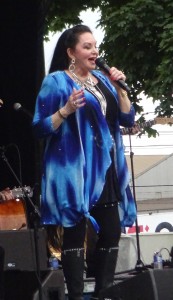 But for about a dozen years, it’s become exceedingly rare. So when Crystal Gayle, a classic country singer with decades of popularity, performed on Wednesday it’s was a real treat for those on the Chevy Court benches.
But for about a dozen years, it’s become exceedingly rare. So when Crystal Gayle, a classic country singer with decades of popularity, performed on Wednesday it’s was a real treat for those on the Chevy Court benches.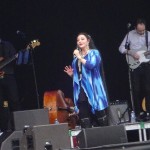 Fans may have been wondering if Gayle still wears her famed brunette locks calf-length–she does. It’s her trademark look, much like Willie Nelson’s pony tail, Jimmy Dickens’ height or Dolly Parton’s–well, you know. Her sky blue tunic, tall black boots and plethora of gold and turquoise jewelry completed her fashion statement.
Fans may have been wondering if Gayle still wears her famed brunette locks calf-length–she does. It’s her trademark look, much like Willie Nelson’s pony tail, Jimmy Dickens’ height or Dolly Parton’s–well, you know. Her sky blue tunic, tall black boots and plethora of gold and turquoise jewelry completed her fashion statement.